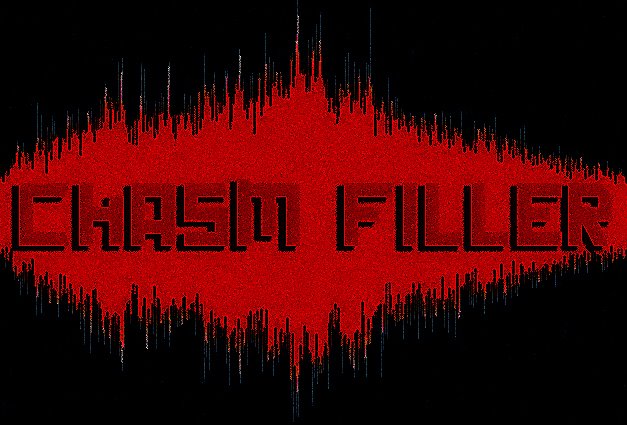.jpg)
I'll be posting a run of Blue Note underrated classics, starting with this Shorter gem, one of his most difficult and dense efforts.
Personnel:
Wayne Shorter (Tenor Saxophone)
Freddie Hubbard (Trumpet and Flugelhorn)
Grachan Moncur III (Trombone)
James Spaulding (Alto Saxophone)
Herbie Hancock (Piano)
Ron Carter (Double Bass)
Joe Chambers (Drums)
Alan Shorter (Flugelhorn)
"With hindsight, this challenging and highly rewarding album appears to be an anomaly in Wayne Shorter's career -the largest acoustic ensemble effort to appear under his name, and the most open in structure until the beginning of his electric period with Super Nova nearly four years later. At the time of its release, however, many people heard this music as a logical extension of Shorter's previous work and a characteristic statement from the more explanatory wing of the Blue Note family. Both the future progress of the saxophonist/composer's career and then unheard contemporary works that have since come to light reinforce the exceptional nature of this music.
Shorter had been uncommonly prolific during 1964, his first year as a Blue Note artist. Three classic albums of his playing and writing were recorded in that year - Night Dreamer, Juju and Speak No Evil. Even though The All Seeing Eye was the next Shorter album issued by the label, we now know that two additional sessions had been recorded earlier, The Soothsayer and Etcetera, which means that Shorter had completed six albums in a mere 18 months! While The Soothsayer and Etcetera are both worthy statements by one of the period's most important artists, producer Alfred Lion clearly felt that the freer use of tempo and structural daring of the present collection made it more indicative of where Shorter was heading. That the music here is more of an emotional piece with the incredible tenor sax work Shorter contributed to the Miles Davis Quintet Plugged Nickel recordings from the end of the 1965, is a judgement borne out by The Soothsayer and Etcetera.
The music should also be heard in the context of other Blue Note recordings from the period such as Bobby Hutcherson's Dialogue and Components, Tony Williams's Spring (featuring Shorter) and Andrew Hill's Compulsion. On these albums, modal and free improvising appeared to be merging, with rhythmic continuity loosened up without totally abandoning familar notions of swing. Larger ensembles than the typical quarter or quintet were often involved, although the energizing muscle of the rhythm section players proved to be just as important as the flexibility of the front-line soloists. As far as the rhythm section goes, little need to be said regarding Shorter's Davis Quintet mates Herbie Hancock and Ron Carter, while the equally brilliant Blue Note house drummer Joe Chambers reflects the influence of Tony Williams as well as his own composerly slant on the music.
The five horns present a tale of two cities, Indianapolis and Newark. Hubbard and Spaulding are the Indiana contingent, with the trumpeter, a longtime familiar of Shorter's from the tenure the two shared in Art Blakey's Jazz Messengers. Spaulding had played Shorter's music before, at The Soothsayer session of the previous April, and would play it again (on flute as well as alto sax) on Schizophrenia in 1967. Trombonist Grachan Moncur III had worked with the Shorter brothers in the reportedly precocious Nat Phipps band that Amiri Baraka recalled hearing at high school dances in Newark during the early 50s. The trombonist also used Wayne on his Some Other Stuff LP for Blue Note.
This was the sole Blue Note appearance for Wayne's older brother, the late Alan Shorter, who is otherwise best remembered for his work on Archie Shepp's 1964 Four For Trane and his own 1968 collection Orgasm. Baraka, writing as Leroi Jones in a 1959 Jazz Review piece that was the first article on Wayne in a national publication, reported that the pair were known as "the two weird Shorter brothers" in their native Newark, and the familial iconoclasm comes through clearly in the writing and flugelhorn solo on "Mephistopheles".
Given the subject matter of the program here, a final connection might be noted to "A Love Supreme", which the John Coltrane Quartet had recorded 10 months earlier. Shorter, like Coltrane, possessed the unique inquisitiveness and focus to address such infinite subjects, though typically the resulting music here shows greater ambivalence and eccentricity. It also marked the penultimate product from a period that produced a deluge of music under Wayne Shorter's name. He was back in the studio with Hancock, Chambers and Reggie Workman four months later to record the tracks for Adam's Apple, then allowed 13 months to pass before recording Schizophrenia and another 30 prior to Super Nova. By then, the young man that Leroi Jones had recalled in 1959 as "rather distant" with a "secret smile" had begun moving toward a persona that would make him the jazz world's version of the Cheshire Cat."- DK
Cabezon





















.jpg)



